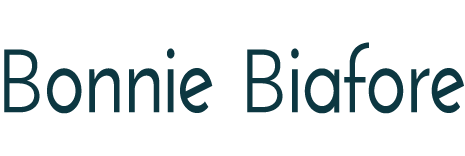When to Defer Decision-Making
 Timely decision-making is a valuable skill for project managers. There are times when deferring a decision is the best way to respond to project situations. Here are some situations when delaying a decision make sense.
Timely decision-making is a valuable skill for project managers. There are times when deferring a decision is the best way to respond to project situations. Here are some situations when delaying a decision make sense.
- Your vendor has product upgrade plans. What if the release date for an updated product isn’t finalized yet? Rather than sticking with the current version or gambling on the new one, set the software decision as late as possible in your plan. When your decision time arrives, you can evaluate up-to-date information about the release to decide on what to do.
- Stakeholders are debating the project’s value. It’s risky (and perhaps costly) to continue when key stakeholders are debating the value of your project or a part of it. can be risky — even if deadlines are looming. Continuing might alienate a stakeholder, leading them to withdraw their support. Wait until the stakeholders’ debate is over before making your decision. If deadline pressure becomes overwhelming, work with your sponsor to expedite the stakeholder’s discussion.
- Regulatory changes are under consideration. With regulated outcomes, project solutions must conform to legislation. Regulations might apply to the methods for creating outcomes, like the highly-legislated process for testing new drugs. If regulations are under debate or are being revised by government agencies, wait until the changes are confirmed before deciding on how to produce project deliverables. Note: Speed to market that conforms with new regulation can be a valuable business strategy. So you might decide to speculate on the implementation of a regulatory change and move forward with a solution — or produce multiple deliverables to accommodate regulatory options. Even in this case, wait as late as possible to understand the potential regulatory changes.
- Cross-project dependencies are delayed. When deliverables from another project are prerequisites to your project and they are late, you might have to delay decisions in the successor project. Be sure you understand the prerequisite’s makeup and outcome before making a decision about how to use the full capabilities of that deliverable. As with regulatory changes, you might speculate about the deliverable, but you should wait on that so you know as much as possible about the deliverable.
- Resource availability is unclear or undetermined. An appropriate level of technical and business process expertise is important on project teams. It can be beneficial to wait to see if the management team can make a knowledgeable staff member available. If that expertise isn’t available, you’ll have to hire skilled contractors or allow more time for lesser-skilled people to get up to speed and perform work. These options cost time and money, often much more than you’d spend on that expert staff member.
- Stakeholder requirements are unconfirmed or delayed. Project failures can be caused by project teams designing and producing deliverables without getting accurate requirements from stakeholders. They move forward assuming they know what stakeholders want. This alienates stakeholders and reduces their confidence in project deliverables. That could result in deliverables being partially implemented or not at all. Bottom line: wait until key stakeholders confirm the project deliverables before moving forward.
If you have a decision coming up, think about whether there is an advantage to delaying it. If you can think of other times when a delay is beneficial, share them with us in the comments section.
For more about decision-making, check out Becky Saltzman’s Critical Thinking for Better Judgment and Decision-Making course.
Coming Up
I am busy updating two of my courses. Later in the year, you’ll be seeing new and improved versions of Learning Microsoft Project and Project Management Foundations: Choosing the Right Online Tool. The latter course will review more tools than the original using a different format.
_______________________________________
This article belongs to the Bonnie’s Project Pointers newsletter series, which has more than 73,000 subscribers. This newsletter is 100% written by a human (no aliens or AIs involved). If you like this article, you can subscribe to receive notifications when a new article posts.
Want to learn more about the topics I talk about in these newsletters? Watch my courses in the LinkedIn Learning Library and tune into my LinkedIn Office Hours live broadcasts.









